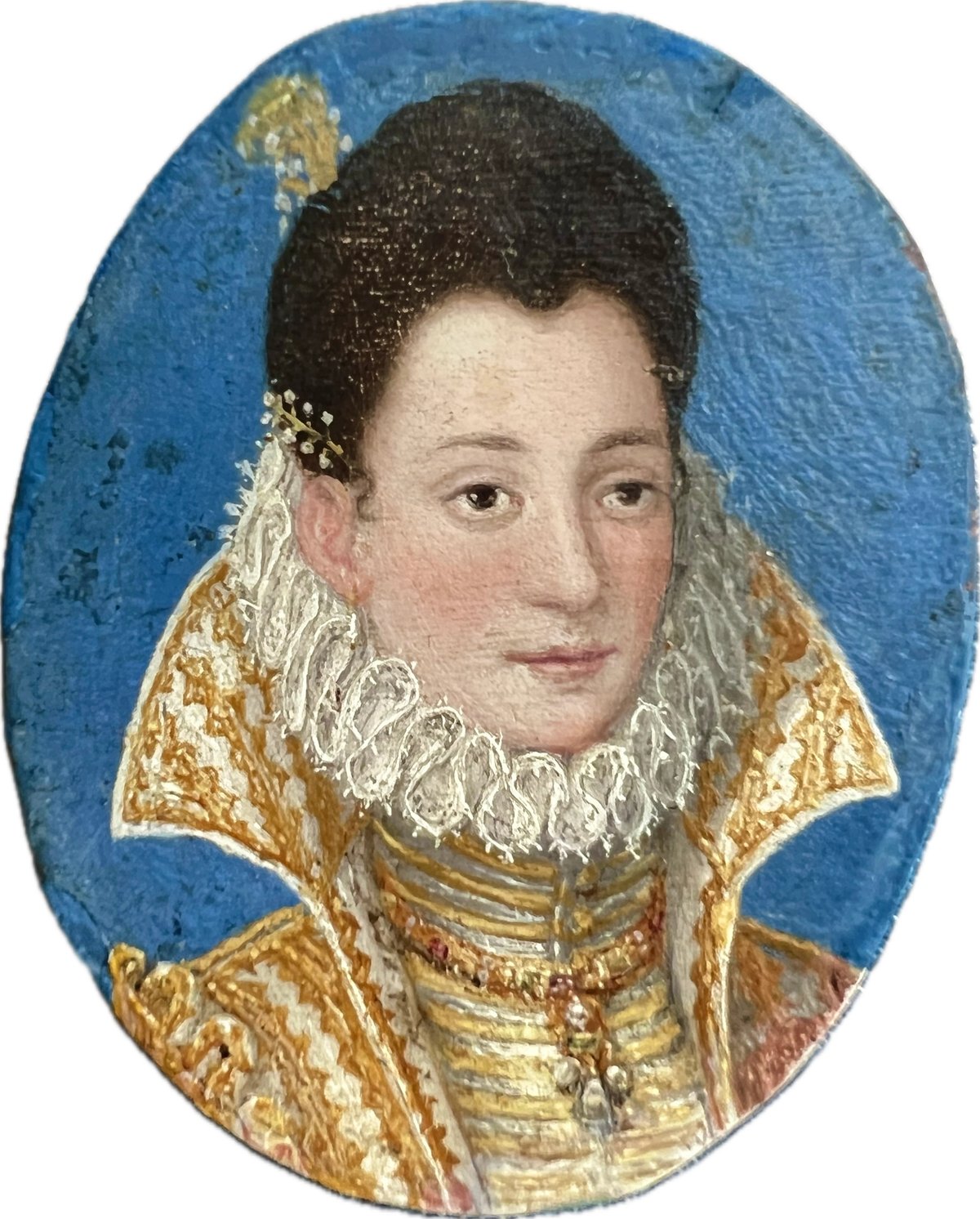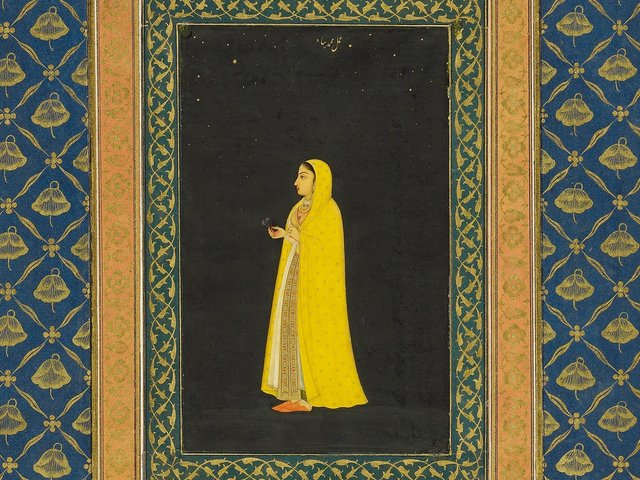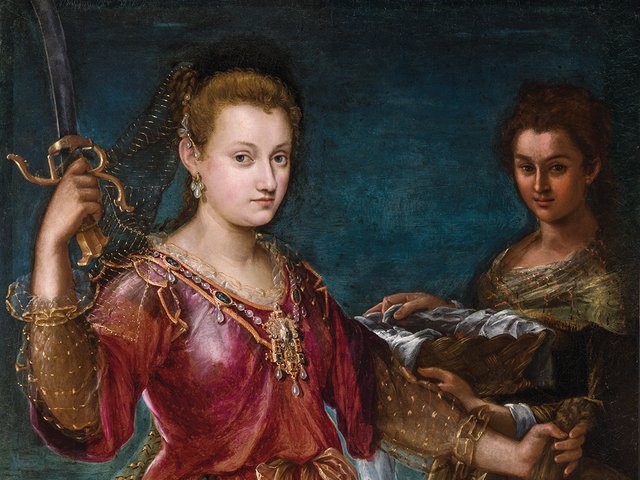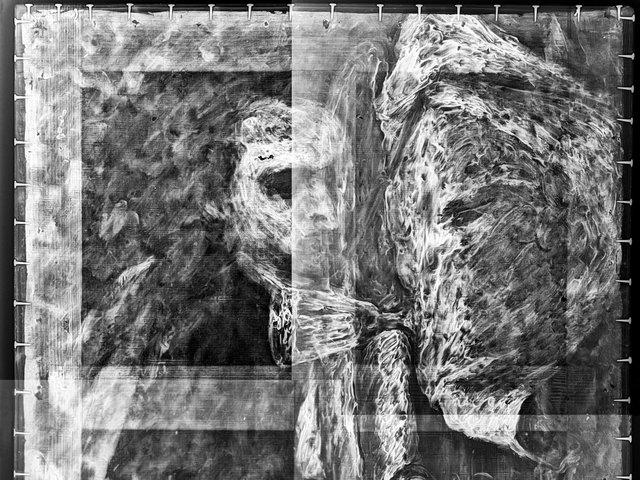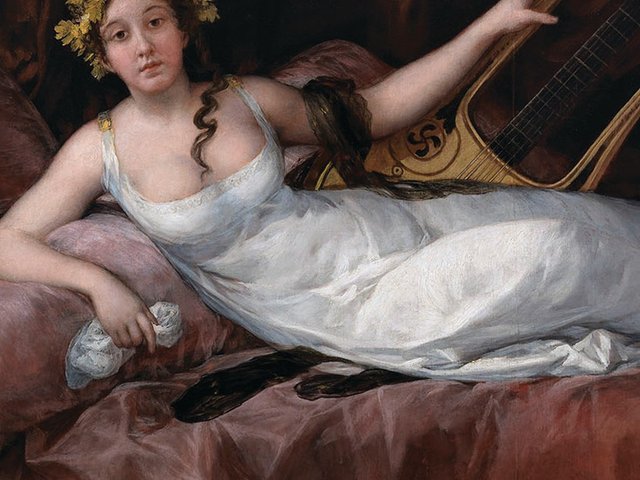An exquisite oil on copper miniature recently attributed to the 16th-century Italian artist Lavinia Fontana is to go on display this week at Strawberry Hill House, London. It marks a remarkable and unexpected return of the work to the historic home it left nearly 200 years ago.
The portrait, which depicts a noblewoman in gold-embroidered finery against a blue background, was discovered last year at an auction in Texas by Nick Cox, the founder of the UK dealership Period Portraits. It was offered unattributed as part of a group, but certain aspects led Cox to believe it was by Fontana, the Bolognese painter widely considered Europe’s first professional woman artist, and acclaimed for her richly detailed portraits of noblewomen and religious scenes. One telling feature, Cox says, was the similarity of the sitter’s costume to those in the artist’s large-scale painting The Visit of the Queen of Sheba to King Solomon.
He took it to Dublin, where Aoife Brady, the National Gallery of Ireland’s curator of Italian and Spanish Art who organised a major survey of Fontana’s work in 2023, confirmed the attribution.
“Upon receiving photographs of the painting, I immediately recognised a number of characteristics associated with Fontana’s portraiture, in the style of the figure’s face, and her clothing and accessories (including the ornate sprig-like hairpin decorated with pearls, that appears in so many of her portraits of women),” Brady tells The Art Newspaper. “I was able to confirm my views [when examining] the work in person: the brushwork is consistent with her manner in painting miniatures on copper, using tiny parallel strokes to model flesh tones, and heavy, skilfully applied impasto to imitate the texture of lace and embroidery.”
The curator adds that it “appears to originate from the final decades of the 1500s” and is “one of a substantial group of portrait miniatures painted on copper executed by the artist from the early phases of her career“. Fontana was introduced to the medium by the Flemish painter Denys Calvaert.
Under its new attribution, Cox later brought the miniature to the Victoria Albert Museum, also in London. There, the curator Adriana Concin-Tavella made another remarkable discovery, tracing the painting to the collection of the writer and collector Horace Walpole—the designer and once-owner of Strawberry Hill House, his celebrated Gothic revival villa at Twickenham, in southwest London—with the help of drawings dating back to the 19th century. It has subsequently been sent there as a long-term loan.
A tale of two attributions
Walpole, as well as the author of the first Gothic novel The Castle of Otranto (1764), was an avid art historian, and paperwork shows he had attributed the work to the Italian painter Bronzino, a contemporary of Fontana. He ascribed the sitter, meanwhile, as Bianca Capello, the Grand Duchess consort of Tuscany and wife of Francesco I de’ Medici, Grand Duke of Tuscany.
Like his attribution to Bronzino, Walpole’s claim that the work—which left the collection in 1842—depicts Capello is likely untrue, says Silvia Davoli, Strawberry Hill’s artistic director. It presumably derives, according to Davoli, from Walpole’s “obsession” with the drama of Capello’s life: a noblewoman from Venice, she became Francesco de' Medici’s mistress, married him, then died from suspected poisoning by Francesco’s brother, Ferdinando.
“The story had all the Gothic elements to appeal to his imagination,” Davoli continues; indeed, the character Bianca in The Castle of Otranto is believed to have been named after Capello. Capello is also connected to Walpole's invention of the word serendipity, related to the writer's finding a fleur-de-lis—a Medici symbol—when researching Capello’s coat of arms, an unexpected nod to her connection to the family.

A drawing of a cabinet owned by Horace Walpole created by the architect and antiquary John Carter in around 1790. The Fontana miniature is shown in the bottom right
Courtesy of Strawberry Hill House & Garden
Identifying the true sitter of a portrait of this kind is “exceedingly difficult”, Brady says. “That being said, the blue background is unusual within Fontana's oeuvre and from the time that I saw it, suggested a Florentine link. This, teamed with Dr Adriana Concin's discovery regarding the Walpole provenance and the traditional identification of the sitter as Bianca Capello, strengthened the argument… and suggested that this may be a noblewoman from the Medici court.” Brady’s recent research into Fontana's links to the Medicis will be included in a volume due to be published by Routledge later this year.
Cox, meanwhile, is working with a researcher in Rome to look into the sitter, and “hopes to reveal” the results by the time the London exhibition closes.
What will happen to the miniature?
Cox says he is hoping to find an institutional buyer for the portrait, which he explains he has ascribed a value to. “Let's see whether that would be matched by an institution and then they're most welcome to have it,” he says.
Would Strawberry Hill House be interested in acquiring it? “We would love to,” Davoli says, adding that an appeal has been launched to try to raise the funds. “Usually I’m more keen on furniture and bigger paintings, but in this particular case, the object is really charged with an important narrative event, and it can help us visualise aspects of Walpole’s collecting and taste and interests, which are important for the story of Strawberry Hill.”
- A Serendipitous Return: Lavinia Fontana’s lost Miniature, Strawberry Hill House, 25 January – 23 April 2025


